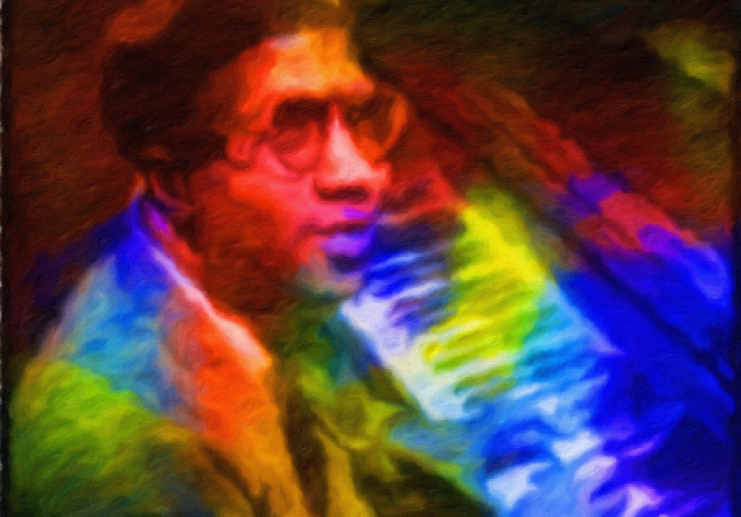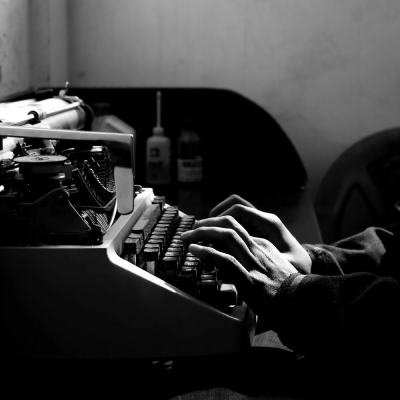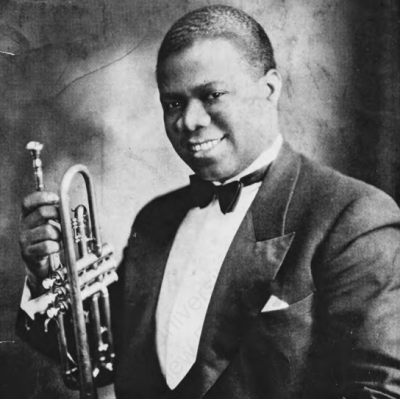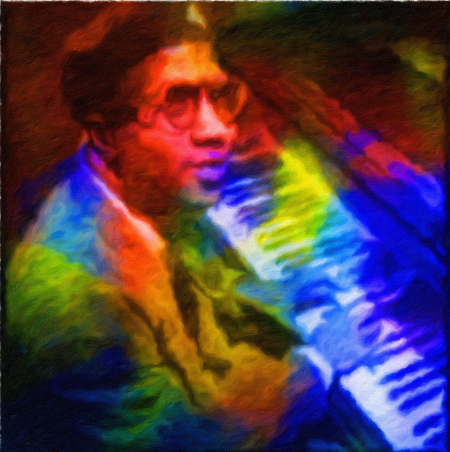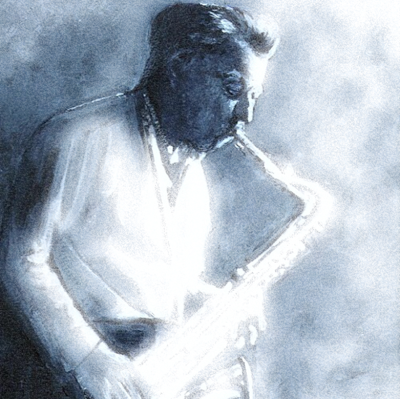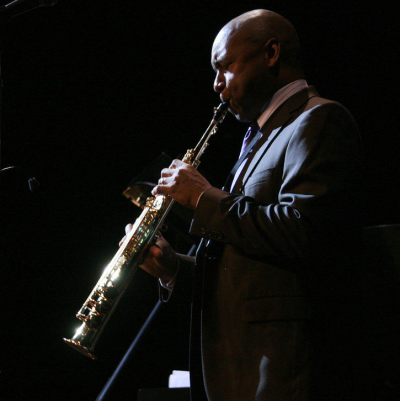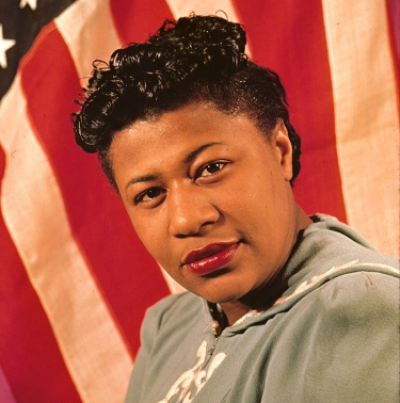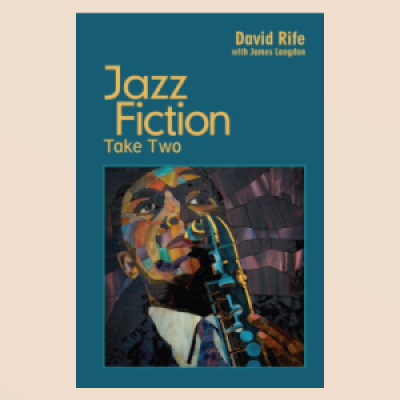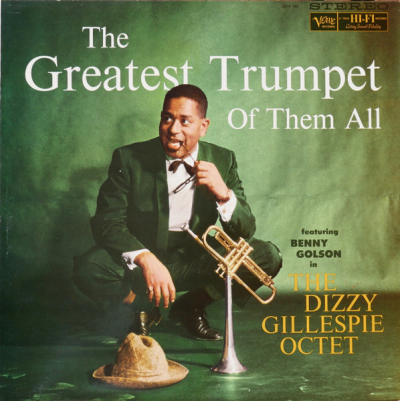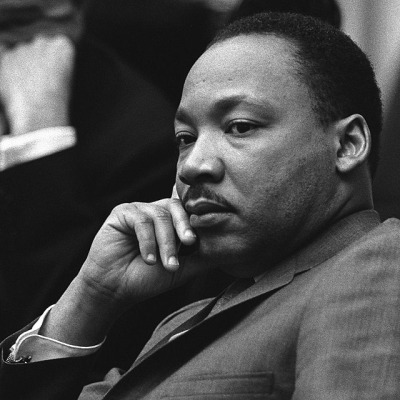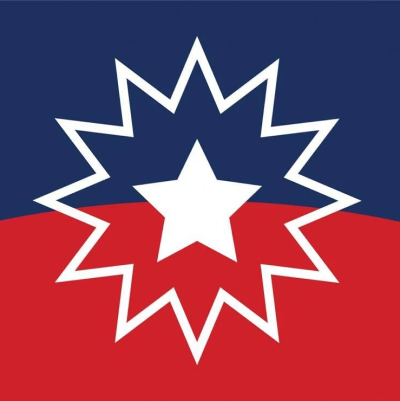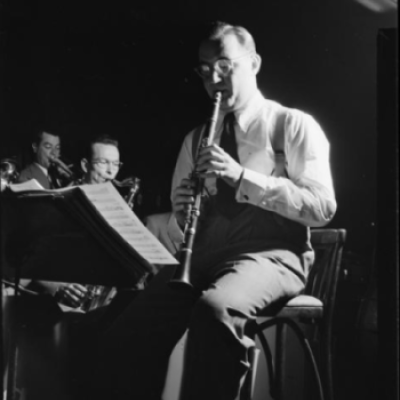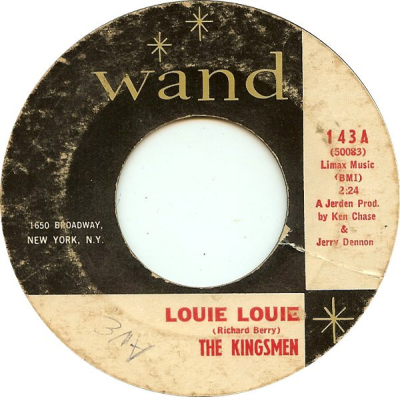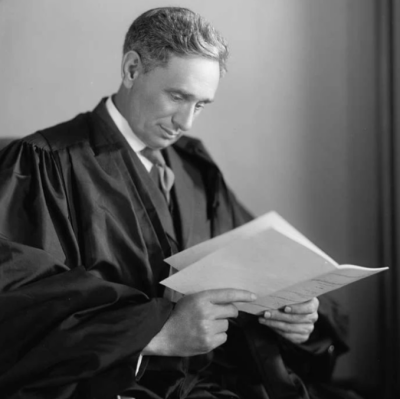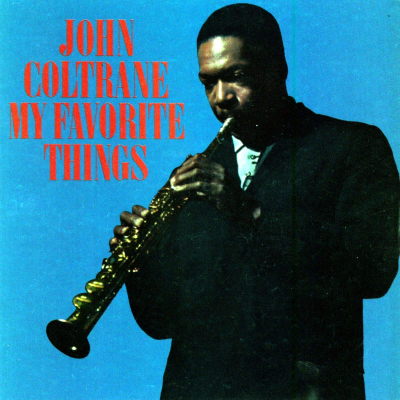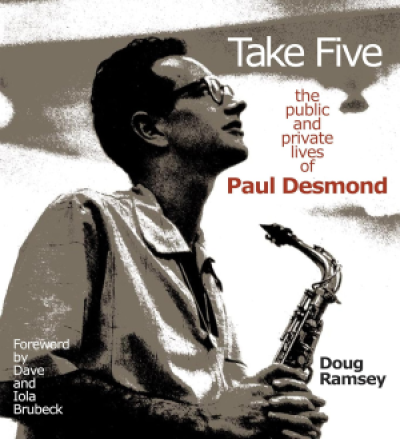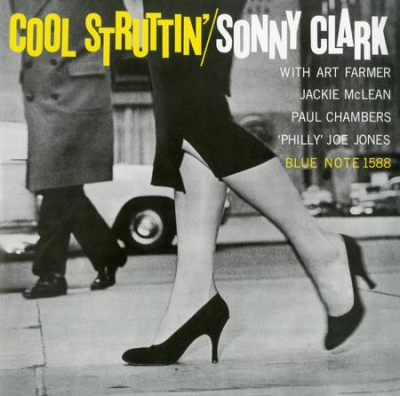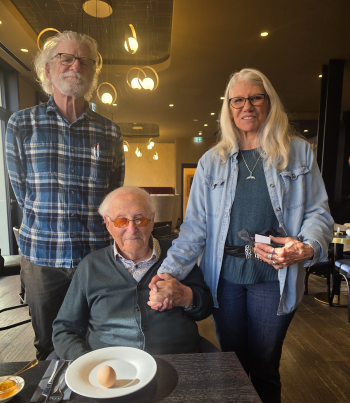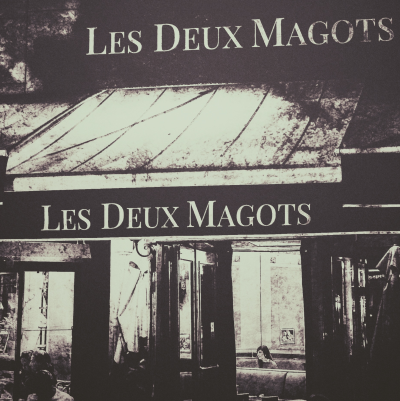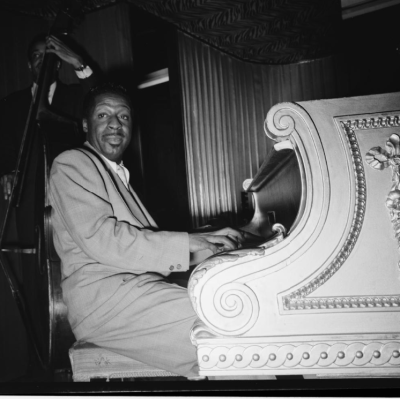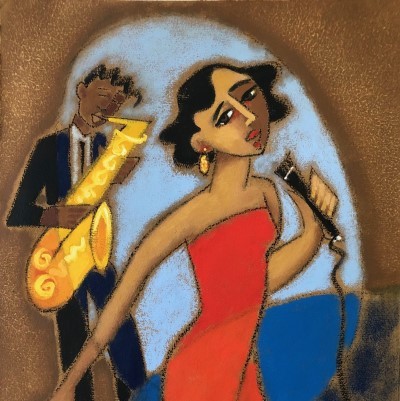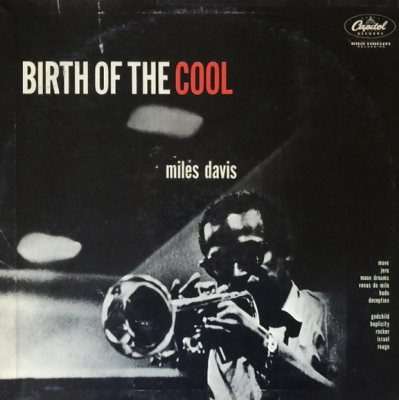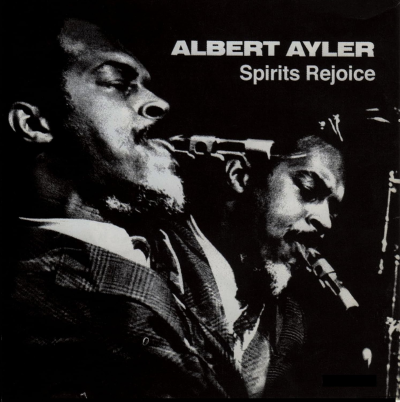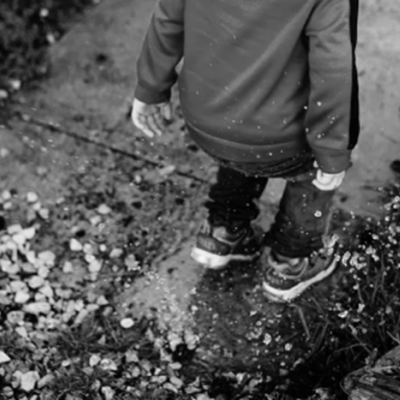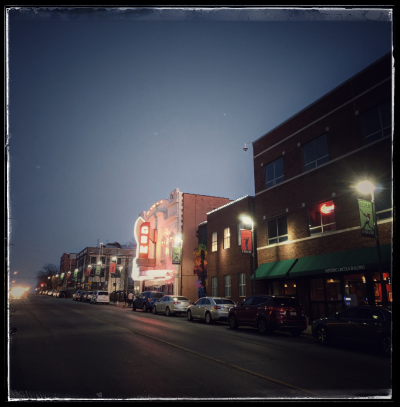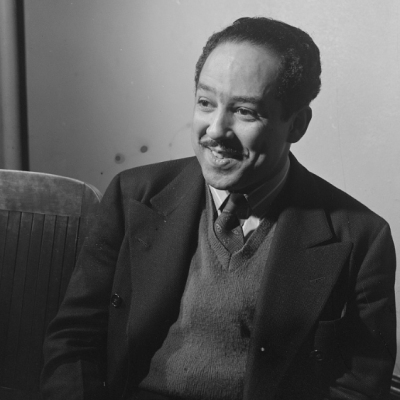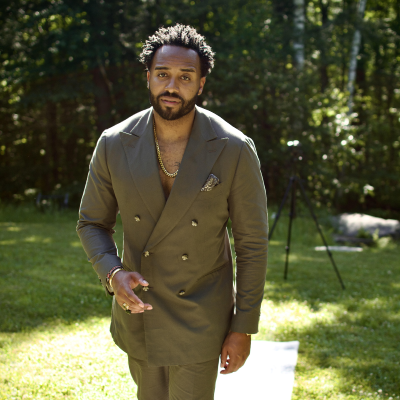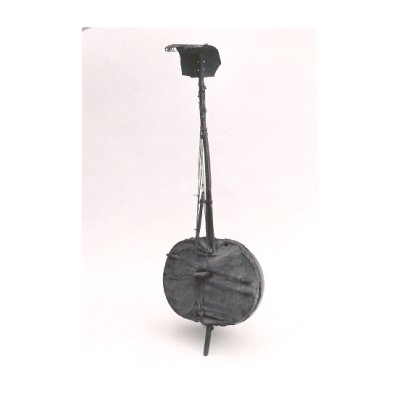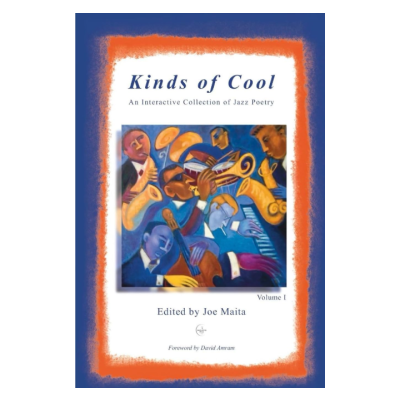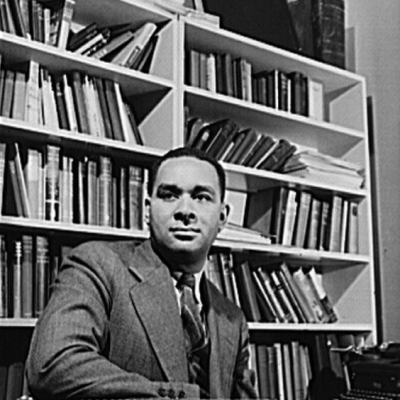In This Issue
.
Monk, as seen by Gottlieb, Dorsett and 16 poets – an ekphrastic poetry collection
.
Poets write about Thelonious Monk – inspired by William Gottlieb’s photograph and Rhonda R. Dorsett’s artistic impression of it.
.
Also in this issue:
21 jazz poems on the 21st of June, 2025
.
An ongoing series designed to share the quality of jazz poetry continuously submitted to Jerry Jazz Musician by poets sharing their relationship to the music, and with the musicians who perform it.
Announcing the book publication of Kinds of Cool: An Interactive Collection of Jazz Poetry
.
The first Jerry Jazz Musician poetry anthology published in book form includes 90 poems by 47 poets from all over the world, and features the brilliant artwork of Marsha Hammel and a foreword by Jack Kerouac’s musical collaborator David Amram. The collection is “interactive” (and quite unique) because it invites readers – through the use of QR codes printed on many of the book’s pages – to link to selected readings by the poets themselves, as well as to historic audio and video recordings (via YouTube) relevant to many of the poems, offering a holistic experience with the culture of jazz..
.




